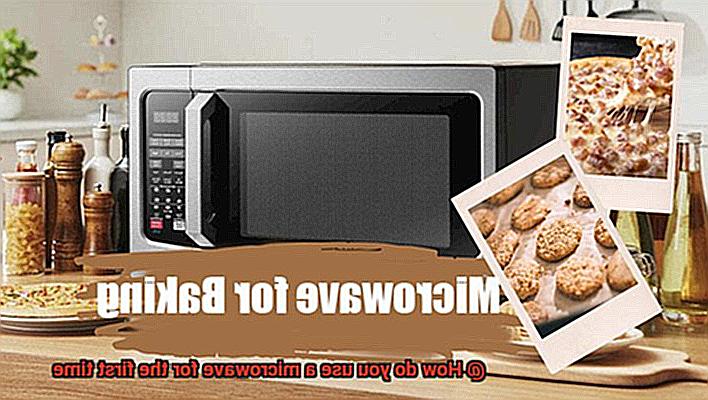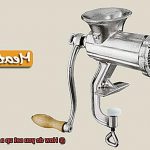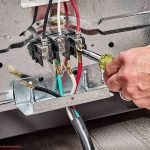Microwaves have revolutionized the way we cook and reheat food, making it a must-have appliance in every kitchen. However, using a microwave for the first time can be intimidating, especially with its numerous buttons, settings, and menus.
Feeling overwhelmed by your new microwave? Fear not. In this blog post, we’ll guide you through the basics of using a microwave for the first time. With our easy-to-follow instructions, you’ll be cooking up a storm in no time.
We’ll cover everything from setting up your microwave to utilizing its different cooking functions like defrosting, reheating, and cooking various foods. Plus, we’ve got some nifty tips on how to keep your microwave clean and running efficiently.
But wait, there’s more. We’ll also share some creative ideas on how to use your microwave beyond just reheating leftovers. From baking cakes to making popcorn and even sterilizing sponges – your microwave has endless possibilities.
Whether you’re a newbie or just looking to brush up on your skills, this post will equip you with all the knowledge needed to master your microwave. So let’s dive in and get started.
Contents
What to Consider Before Using a Microwave for the First Time
Using a microwave for the first time can be both exciting and intimidating. However, with a little preparation, you can ensure that your experience is both safe and enjoyable.
Read the instructions carefully
Before using your microwave for the first time, it is essential to read the user manual thoroughly. This will help you understand the specific instructions for your microwave and its unique features. The manual will also provide information on how to clean and maintain the appliance, ensuring that it lasts for a long time.
Use microwave-safe containers
Using the wrong type of cookware in a microwave can be dangerous. It is crucial to use only microwave-safe containers to avoid sparking, fires, or releasing harmful chemicals into your food. Avoid using metal, aluminum foil, and plastic containers that are not labeled as microwave-safe.
Consider power settings
Microwave ovens come with different power levels, so it’s essential to choose the appropriate setting depending on what you are cooking. High power is ideal for cooking meats and defrosting frozen foods, while low power is suitable for reheating leftovers or cooking delicate foods like vegetables. By selecting the right power level, you can ensure that your food cooks evenly and stays delicious.
Don’t overload the microwave
It’s tempting to fill up the microwave with as much food as possible to save time. However, overloading the microwave can cause uneven heating and potential safety hazards like spills or even fires. Always leave enough space around food to allow it to cook evenly and prevent spills.
Test your microwave’s power output
Before using a new microwave, it is wise to test its power output by heating a cup of water for one minute. This test will help you determine how long it takes for your microwave to heat food adequately and avoid overcooking or undercooking your meals. It’s a simple step that could save you from many culinary disasters.
By considering these factors before using a microwave for the first time, you can ensure that your cooking experience is safe, efficient, and enjoyable. Whether you’re heating up leftovers or cooking a delicious meal from scratch, your microwave can be a valuable kitchen tool when used correctly.
Selecting the Appropriate Dish or Container
Before you start reheating or cooking your favorite dishes, it’s crucial to select the appropriate dish or container. This simple step can prevent potential hazards and ensure a successful cooking experience.
First and foremost, avoid using any dishes or containers made of metal. Metal can cause sparks and even start a fire in your microwave. So, it’s best to steer clear of aluminum foil, metal pans, and plates with metallic accents or decorations. Instead, opt for microwave-safe containers that are specifically designed to withstand the heat without melting or warping. Look for labels that say “microwave-safe” or “suitable for use in microwave ovens.” You can choose from glass, ceramic, or plastic options.
Size matters too. Using a container that is too small can cause your food to spill over and create a mess in your microwave. On the other hand, an oversized dish can result in uneven cooking. Consequently, choose a container that fits your food just right.
Shape plays a role in microwaving too. Round dishes tend to cook food more evenly than square or rectangular ones since microwaves concentrate on the corners of square and rectangular containers. So, if you want perfectly cooked food every time, go for round containers.
Lastly, consider using a lid on your dish to trap steam and prevent your food from drying out during cooking. This tip is especially handy when reheating leftovers.
In summary, selecting the appropriate dish or container is a crucial step in ensuring a safe and efficient cooking experience when using a microwave. To recap:
- Avoid using metal containers
- Choose microwave-safe containers made of glass, ceramic, or plastic
- Pick the right size container that fits your food
- Opt for round dishes to cook food evenly
- Use a lid to trap steam and prevent drying out
Placing the Food in the Dish or Container
This step is crucial for ensuring safe and evenly cooked food, especially when using a microwave for the first time. As an expert in this matter, let me enlighten you on the topic and provide you with some essential tips.
First and foremost, always check for the “microwave-safe” label on the dish or container. This label indicates that the material used won’t melt or release harmful chemicals when heated in the microwave. It is crucial to avoid containers made of metal, plastic bags, or those with metal trimmings as they can cause sparking and fires inside the microwave.
Size matters when it comes to selecting a dish or container. Choose one that is appropriate for the amount of food you want to heat. If your container is too small, it might lead to hot spots and unevenly cooked food. On the other hand, if it’s too big, your food might not cook evenly. A good rule of thumb is to choose a container that is one size larger than the food you are heating.
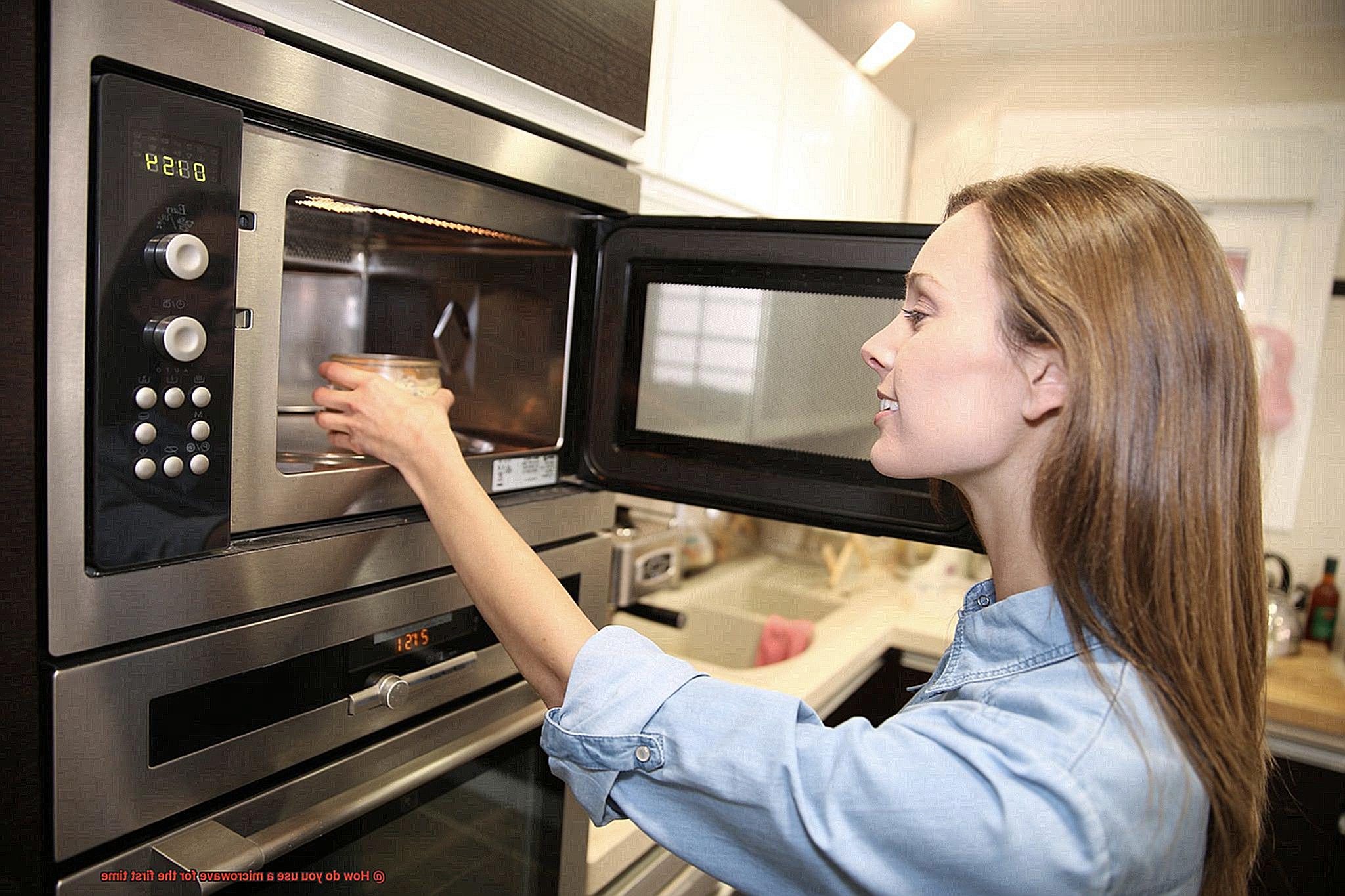
To prevent your food from drying out during heating, add a tablespoon of water to create steam. This will keep your meal moist and tender. Covering the dish or container with a microwave-safe lid, plastic wrap, or paper towel will help trap moisture and heat, resulting in evenly cooked food.
Now that we’ve covered the basics let’s summarize quickly. Always use microwave-safe dishes and containers made of glass, ceramic, or plastic. Choose a size appropriate for your food, add water before heating, and cover it with a microwave-safe lid, plastic wrap, or paper towel.
Setting the Cooking Time and Power Level
First and foremost, take a few minutes to read through the instruction manual that came with your microwave. This will familiarize you with the different buttons and features of your specific model, making it easier for you to navigate.
Now, let’s talk about determining the cooking time and power level for your food item. If your microwave offers pre-set options for popular foods like popcorn or potatoes, then go ahead and select the appropriate option. Easy peasy.
But what if you’re cooking something that doesn’t have a pre-set option? No problem. Simply refer to the recipe or package instructions for your food item and note down the cooking time. If there are no instructions available, start with a shorter cooking time as it’s easier to add more time than to overcook your food. Remember, microwaves cook differently from conventional ovens so be sure to check on your food periodically as it cooks.
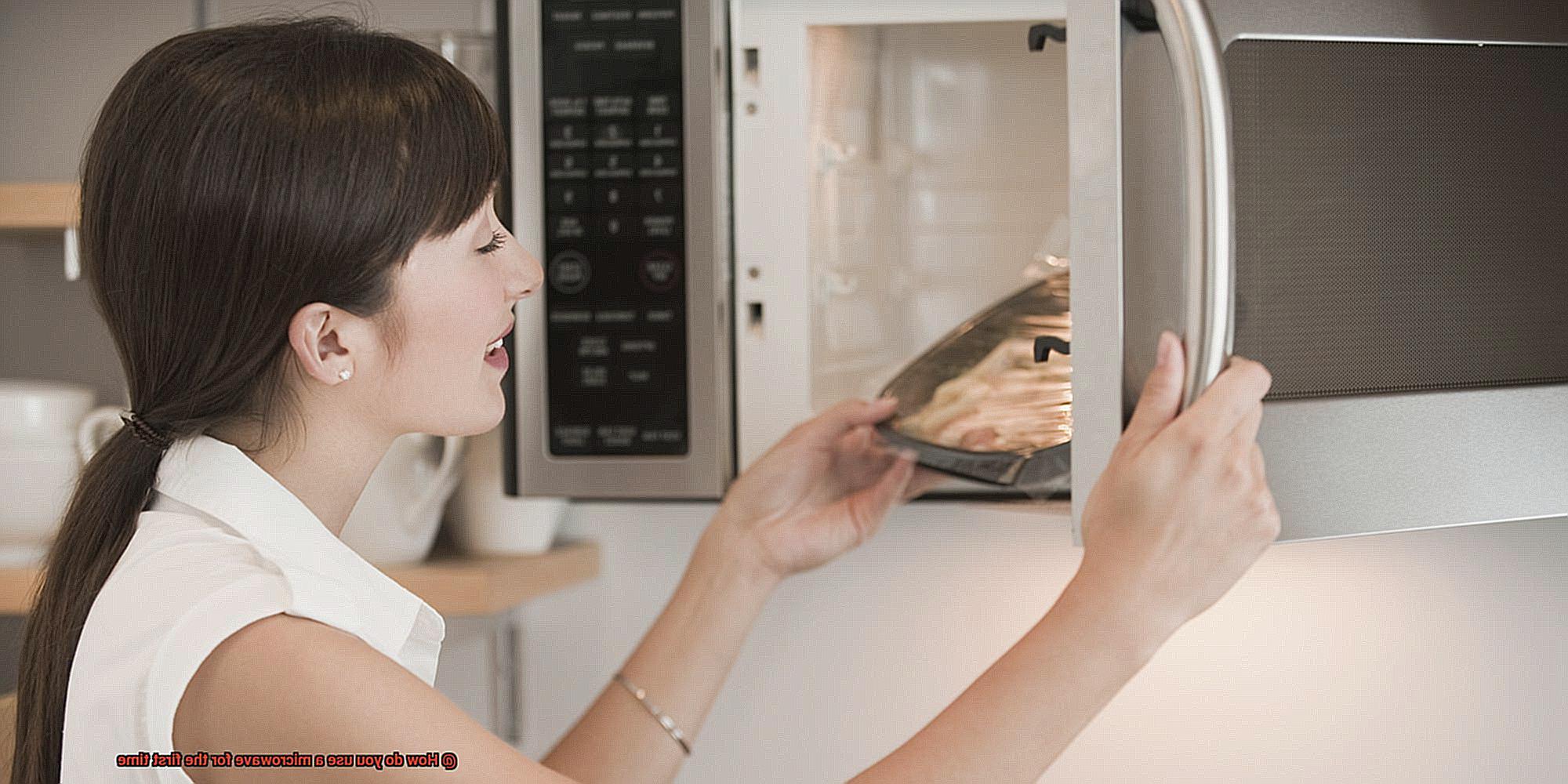
When it comes to setting the power level, most microwaves have a power button that allows you to adjust it accordingly. The default setting is typically 100%, but if you’re reheating leftovers or melting chocolate, it’s best to reduce the power level to prevent overcooking or burning.
Starting the Microwave
Let’s dive in and explore the process step-by-step.
First, it’s crucial to ensure that your microwave is properly plugged in and the power supply is on. Check for any loose connections or issues before proceeding.
Next, open the microwave door and place your food or drink inside on a microwave-safe plate or container. Keep in mind that not all materials are safe for microwaving, so avoid using metal or aluminum foil which can cause sparks and damage to the appliance. Once your food or drink is safely inside, close the door securely. The microwave won’t function unless the door is closed correctly.
Now it’s time to select your cooking time and power level. Many microwaves come with pre-programmed settings for common food items like popcorn or baked potatoes. However, if you’re cooking something unfamiliar, refer to your user manual to determine the appropriate cooking time and power level.
Once you’ve selected your settings, press the start button and let the microwave work its magic. Remember to keep an eye on your food or drink while it cooks to avoid overcooking or undercooking it. And be sure to savor that delicious aroma wafting through your kitchen.
When your item has finished cooking, the microwave will beep or signal that it has completed its cycle. Carefully open the door and remove your food or drink from the microwave using oven mitts or a heat-resistant pad.
Monitoring Your Food While it is Cooking
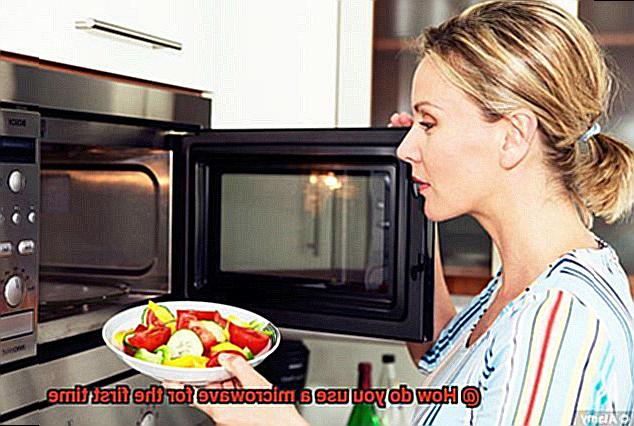
Microwaves have become an indispensable appliance in our kitchens due to their ability to cook food quickly and efficiently. However, using a microwave requires attention to detail, especially when it comes to monitoring your food while it’s cooking. Overcooked or burnt food can easily result from not keeping a close eye on the cooking process. In this post, we’ll explore some tips to ensure your food is cooked to perfection every time.
Firstly, use the timer function on your microwave. Most microwaves come equipped with built-in timers that allow you to set the cooking time for your meal. However, don’t solely rely on the timer. Keep an eye on your food periodically to ensure it’s not overcooking.
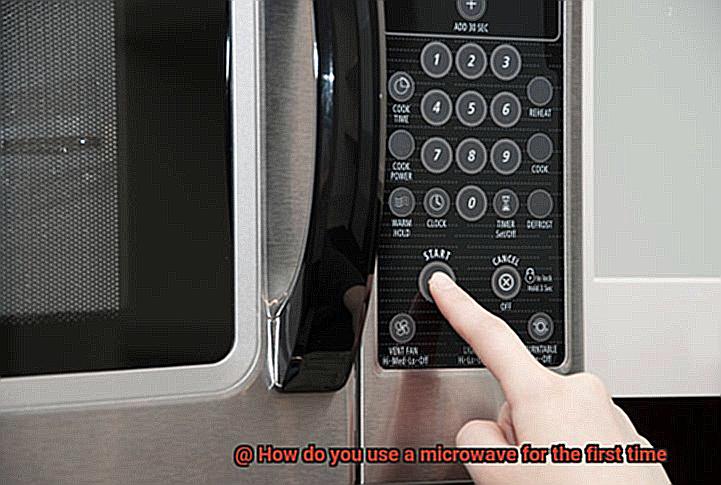
Visually checking on your food is also important, especially if you’re cooking something for the first time or not sure how long it will take to cook. Open the microwave door and take a look at your food. By doing this, you can ensure that it’s cooking evenly and prevent burning.
If you’re cooking meat or poultry, using a microwave-safe thermometer is crucial for ensuring your food is safe to eat and cooked all the way through. Inserting the thermometer into the thickest part of the meat or poultry and making sure it reaches the recommended temperature is essential.
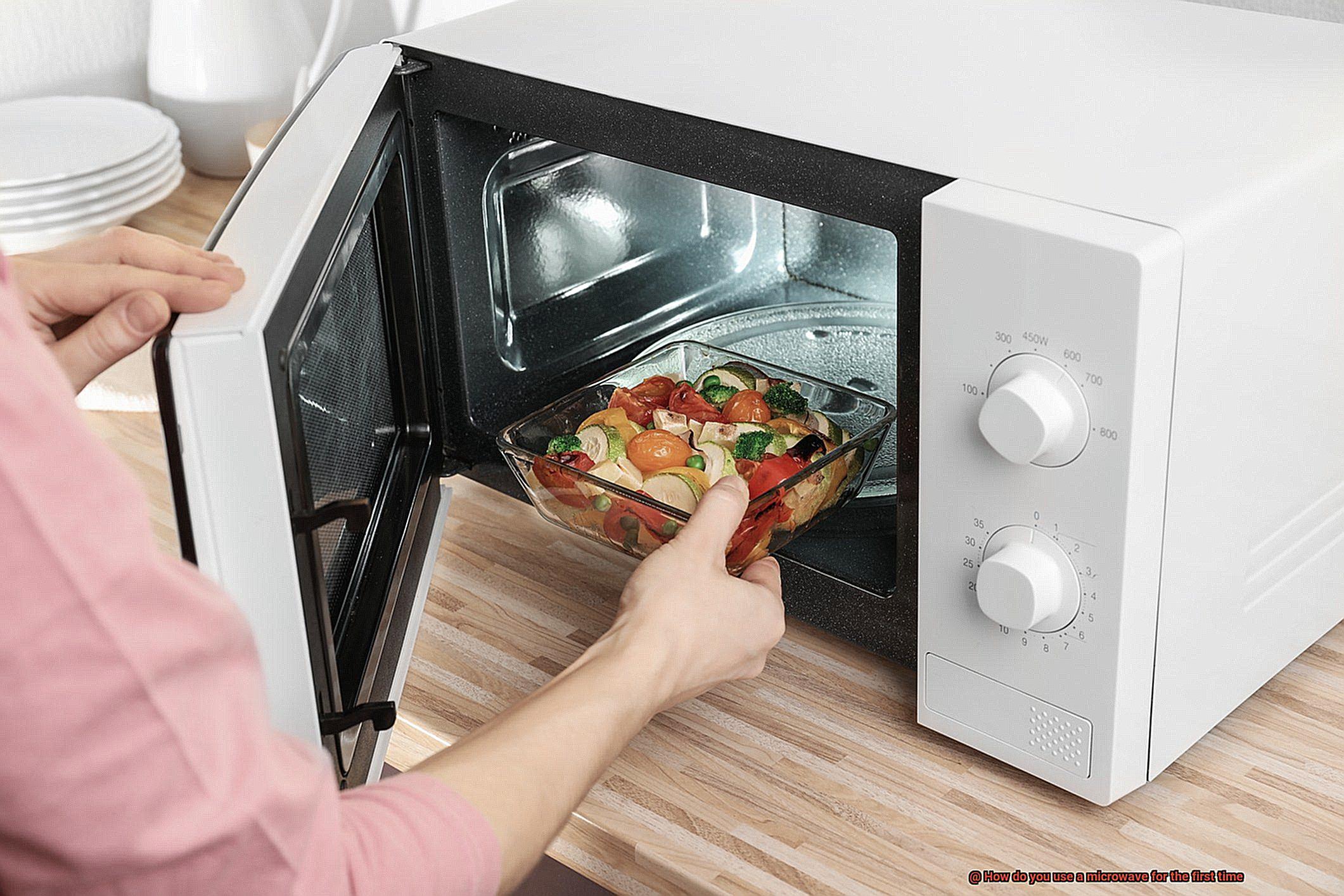
Lastly, letting your food rest for a few minutes before serving is equally important. This allows heat to distribute evenly throughout the food and ensures that it’s cooked thoroughly. It also allows any juices to settle back into the meat, making it more tender and flavorful.
Removing the Dish or Container Carefully
Microwaves are a staple in many kitchens, but using one for the first time can be a bit intimidating. One critical step to ensure a safe and smooth experience is to know how to remove the dish or container carefully. Here are some expert tips to help you do just that.
Firstly, safety is key. Protect your hands by using oven mitts or a towel when removing the dish or container from the microwave. Remember, the dish or container may become extremely hot during cooking, so taking precautions is crucial.
Next, proceed slowly and carefully when removing the dish or container. Abrupt movements can cause spills or accidents, so take your time and maintain a steady grip on the dish or container to avoid dropping it.
Thirdly, check the temperature of the dish or container before handling it. Some microwaves have automatic cooling systems that cool down your dish or container after cooking. However, if your microwave doesn’t have this feature, wait for a few minutes before removing the dish or container.
Lastly, always read and follow the manufacturer’s instructions carefully. Different microwaves may have varying features and settings, so understanding how your specific model works is essential.
To summarize, removing the dish or container carefully is an integral part of using a microwave safely and effectively. Keep these tips in mind to avoid any potential accidents and enjoy your microwave like a pro. Remember:
Cooling and Enjoying Your Successful Use of a Microwave
Don’t forget that your food and containers can get hot, so it’s important to cool them down properly to avoid any accidents. Here are some top tips on how to cool down and enjoy your successful use of a microwave:
- Rest and Relax: Before removing any food or containers from the microwave, allow them to rest for a few moments. This will prevent burns and ensure that the food is safe to eat.
- Chill Out: To cool down your food quickly, pop it into the refrigerator or freezer for a few minutes. This will speed up the cooling process and help to preserve the quality of the food.
- Room Temperature: If you prefer not to use your refrigerator or freezer, leaving your food on the counter until it reaches room temperature is another option. However, remember that leaving food out for too long can lead to bacterial growth, so it’s best to refrigerate or freeze it as soon as possible.
- Enjoy Your Meal: Once your food has cooled down, you can finally enjoy your meal. Whether you’re reheating leftovers or cooking a new meal, using a microwave is a quick and easy option that can save you time and effort.
tKcbXO7TXLE” >
Conclusion
In conclusion, conquering the microwave for the first time may seem daunting, but with a little preparation and knowledge, it can quickly become your go-to kitchen tool. Carefully reading the instruction manual and selecting appropriate containers and sizes are essential steps to ensure both safety and efficiency.
Finding the right power level and cooking time is also crucial in achieving optimal results. Don’t forget to keep a watchful eye on your food as it cooks and remove dishes or containers with care. Safety should always be top of mind.
But don’t limit yourself to reheating leftovers. With some creativity, you can use your microwave for baking cakes, popping popcorn or even sterilizing sponges. The possibilities are endless.
Remember to take precautions when handling hot dishes or containers by using oven mitts or towels. Allow them to cool before digging in, and you’ll avoid any unwanted burns.
By following these simple tips and tricks, you’ll soon be microwaving like a pro.

